| Drawing on parchment of a late 17th century vessel. AGI During the greater part of the modern era, there were few differences between ships used for transport and those used as war vessels. In the navy, the ship of the line was to be the star until it was replaced by the steamer. | 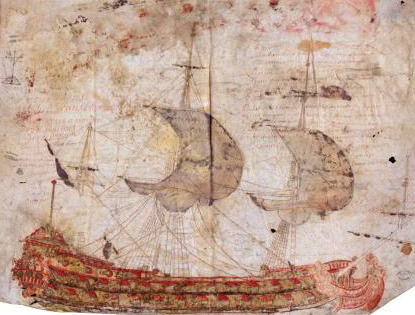 |
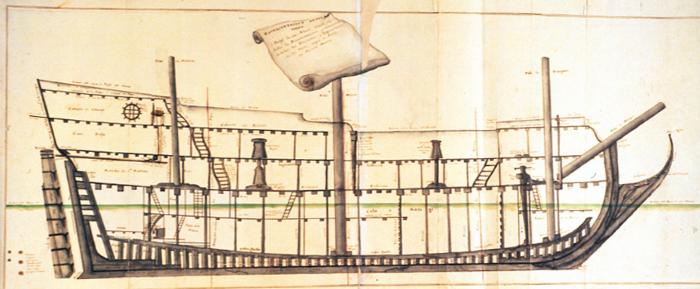
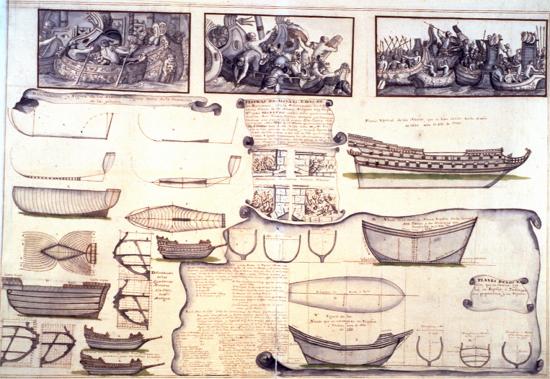
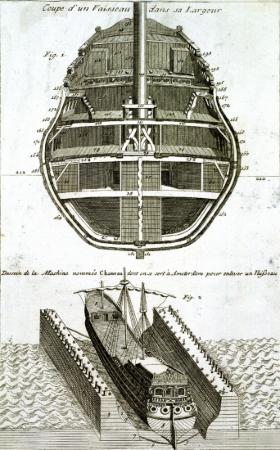
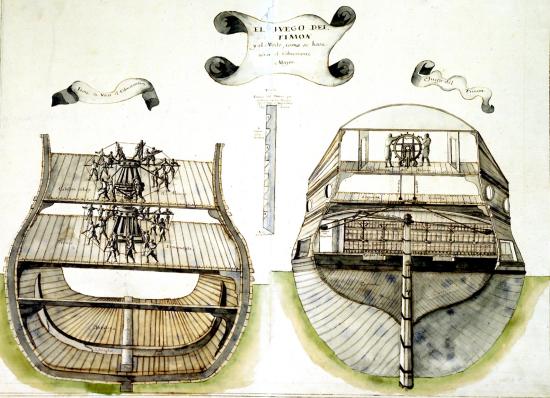
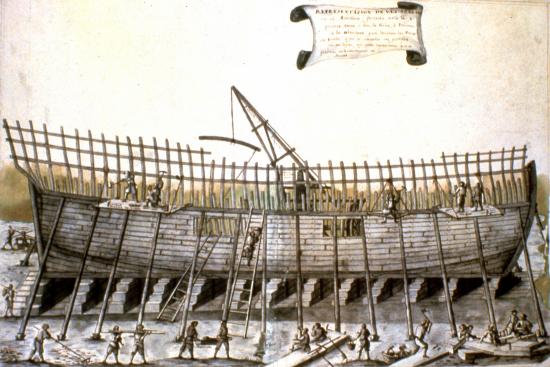
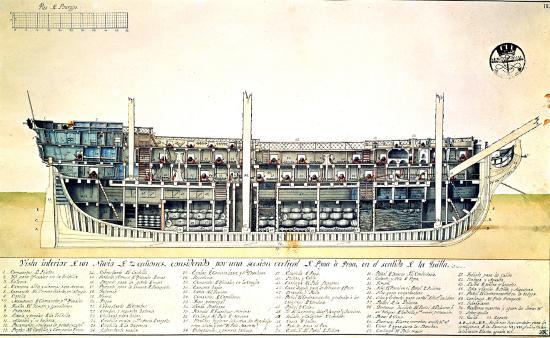
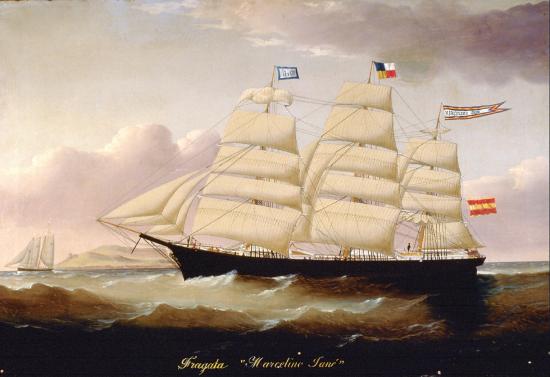
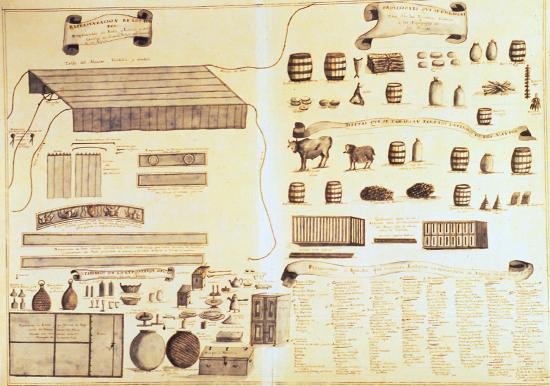
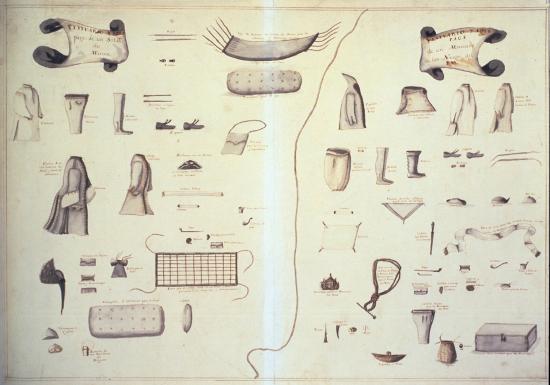
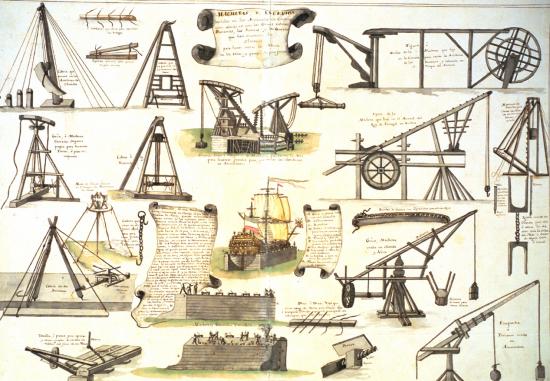
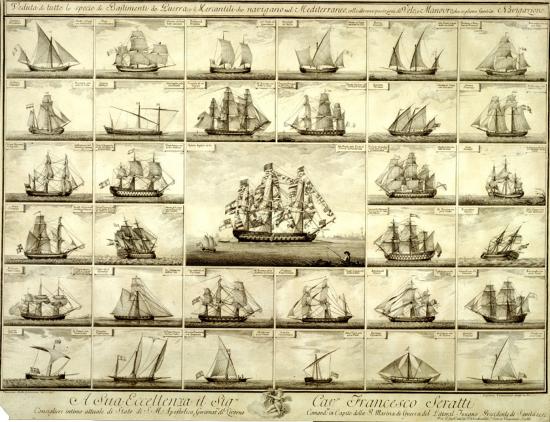
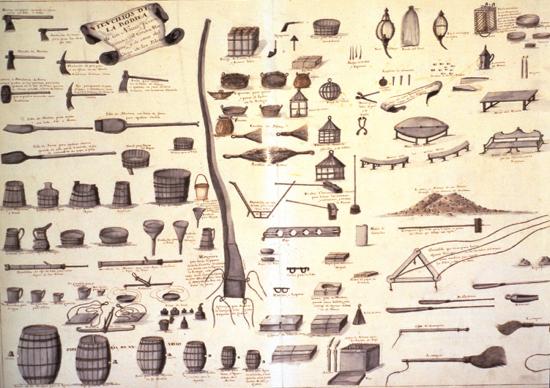
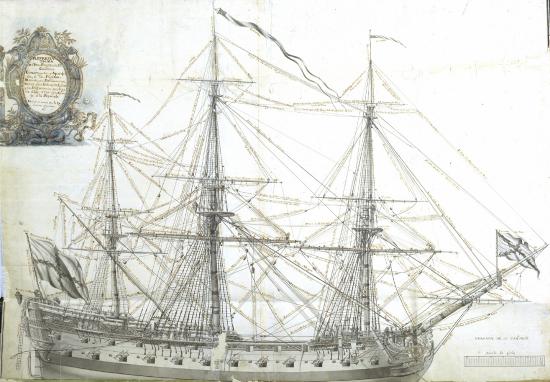
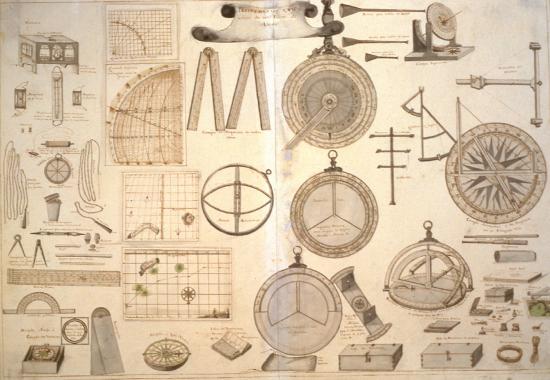
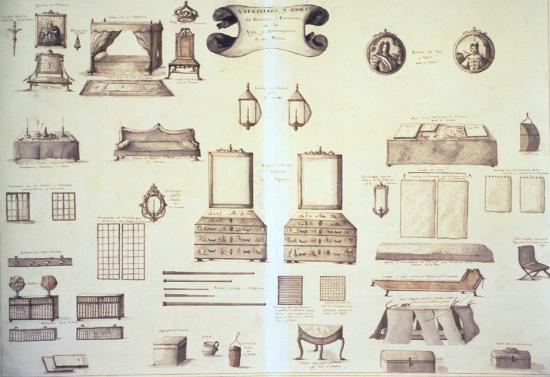
 1, 2, 3, 4, 5, 6, 7, 8, 9, 10, 11, 12, 13, 14, 15, 16, 17, 18, 19, 20, 21, 22, 23, 24, 25
1, 2, 3, 4, 5, 6, 7, 8, 9, 10, 11, 12, 13, 14, 15, 16, 17, 18, 19, 20, 21, 22, 23, 24, 25 